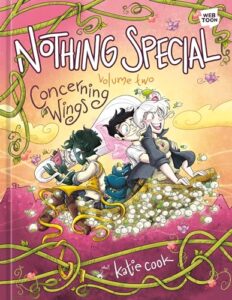 Three, three fortnightly roundups for the month of November, ah-ah-ah! (That last bit was meant to be laughed a la Sesame Street’s The Count.) And what a coincidence, today’s post falls on Black Friday too! Let’s take a look at some of the delicious books I haven’t yet had a chance to get to reading these past two weeks, if not longer, shall we?
Three, three fortnightly roundups for the month of November, ah-ah-ah! (That last bit was meant to be laughed a la Sesame Street’s The Count.) And what a coincidence, today’s post falls on Black Friday too! Let’s take a look at some of the delicious books I haven’t yet had a chance to get to reading these past two weeks, if not longer, shall we?
First up is a time travel YA heist, Tilia Klebenov Jacobs and Norman Birnbach’s Stealing Time. Tori lives in 2020 and her parents are getting divorced. Bobby lives in 1980 and his family is about to fall apart. But when Tori finds herself stranded in Bobby’s time, the two must join forces and prevent a crime that could destroy everyone they care about.
Simultaneously home and not home, Tori finds herself in a gritty New York just beginning to claw its way out of bankruptcy. Pollution and crime are rampant, graffiti is everywhere, and cell phones and the Internet don’t exist. Can two teenagers stop the jewelry theft of the decade? Will Tori ever get back to her own day and age? And how will Bobby react when she tells him that she’s both an accidental time-traveler and his daughter?









